When I pitched this story to my PRIMER editors, I honestly believed I was the best woman for the job. I’m a champion cleanser, deeply committed to my cleansing routine: in the morning I use a gentle cream cleanser, and in the evening I double-cleanse, first with an oil and then with a gel cleanser. However, after writing this story, I’m having second thoughts. But we’ll come back to that.
To say we’re in the midst of a cleansing craze would be an understatement. Thanks to the pandemic, we’ve become hyper-aware of cleansing and cleanliness, but even before our current hygiene obsession, the K-Beauty and J-Beauty boom elevated cleansing to an art form (it has a lot to do with the polluted urban environments of those countries).
Thanks to the pandemic, we’ve become hyper-aware of cleansing and cleanliness
The thing is, for all the cleansing enthusiasts out there, there are many more of us who think a bit of cleanser, a splash of water and a vigorous towel rub is sufficient at the end of a long day, and it obviously isn’t. Just think of what you face every single day—car fumes, cigarette smoke and sunlight, plus the sweat and oil your skin excretes, sunscreen, tinted moisturiser, foundation…
“We are living in a more polluted environment, so everyone needs a cleanser to efficiently detoxify the skin,” explains skin therapist Diandra Politano. Thoroughly removing the grime of the daily grind won’t just improve skin’s clarity, health and resilience, it will also help all your skincare products and active ingredients work to their full potential. So let’s get back to basics.
What makes a good cleanser?
A decent cleanser will remove oil, dirt, pollutants and dead skin cells, without affecting the skin’s barrier or ideal pH level, which is between 4.5 and 5.5 (quick recap: pH is the balance between acidity and alkalinity that keeps skin healthy).
Too much cleansing and you get that ‘squeaky clean’ feeling, redness or flaking. You also risk disturbing the skin’s microbiome (the microorganisms that naturally live on the skin’s surface) and the bonds in your skin that form the skin barrier.
Experts can tell when skin isn’t correctly cleansed. “Extractions are fairly easy to perform on naturally oily skin, but pores that are clogged with makeup and debris because of a poor cleansing routine tend to be stubborn,” says Politano.
Inadequately cleansed skin can also appear dull. Skin naturally renews itself, but the process slows down as we age, so if you’re not cleansing your face, “you’re not helping that cellular renewal of the top surface,” explains dermatologist Dr Shyamalar Gunatheesan. “Skin looks a little more sallow, the dark circles are slightly more prominent [and] skin doesn’t have that luminosity.”
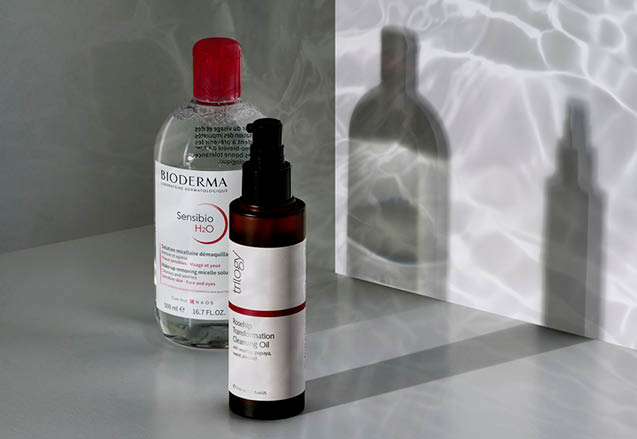

How often should you do it?
At least once a day, at night. Is the morning cleanse necessary? Depends on who you ask.
Dr Gunatheesan says that unless you have really oily or congested skin, you don’t need it, as skin is pretty proficient at looking after itself, so just splash of water and proceed with your regimen.
Politano, on the other hand, spends around three to five minutes massaging an oil cleanser into her face in the morning. As mentioned, I’m a morning cleanser person. I don’t wash my hair every day, and when I think about my texturizer-spray-loaded hair touching my face throughout the night… I want that off my skin come morning.
Do you need to double cleanse?
Both experts agree: Yes.
Using a cleansing oil, balm or micellar water, the first cleanse breaks down make-up, sebum and pollutants, so that the second, water-based cleanser can actually cleanse the skin, and remove any pollutants lurking in pores.
One of my favourite parts of a Politano facial is the cleansing—it’s really luxurious. “I spend at least five minutes massaging in a milk, cream or oil cleanser, to stimulate circulation and get oxygen-rich blood to the surface of the skin, and the second cleanse is to deep clean and prep the skin for treatment,” she explains. “Completely clean skin means the next steps in the facial are optimised.”
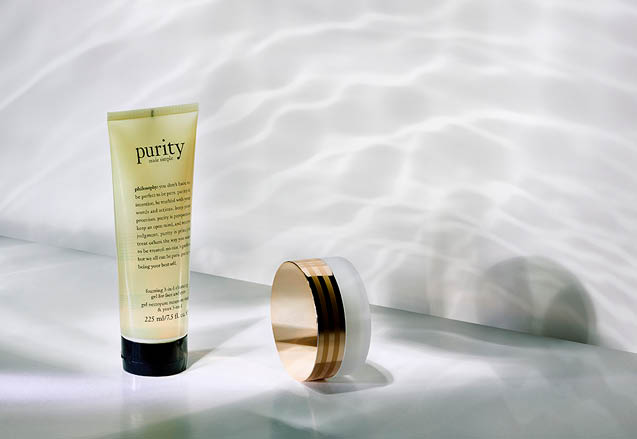

Overdone it?
Tight, dry or prickly skin, or patches of redness, can indicate damage. “Skin that’s too clean has a compromised barrier, so you might become sensitised to products that you’re not truly allergic to,” warns Dr Gunatheesan. “A lot of people don’t realise this is one of the long-term effects of over-cleansing skin.”
Which cleanser is right for you?
“Skin changes with the seasons and our hormones, so I always suggest that my clients have different cleansers, such as purifying ones for days when you feel skin needs a deep clean, and hydrating milks and balms when skin is feeling dry,” says Politano.
Check ingredient labels carefully. Many formulas now include exfoliating acids, so it’s easy to accidentally over-exfoliate the skin.
Whatever your skin type, Dr Gunatheesan implores you to tread lightly and take your time. “We’re too quick with our cleansing. There’s no need to be vigorous; the idea of the technology behind cleanser formulas is that they do the work themselves—we just need to pat them on in a circular motion, not pulling the skin, but almost doing a gua sha massage with fingertips,” she explains.
A few to consider:
Gel/foaming: These are suited to oily skin types. One I’ve used often is Philosophy Purity Made Simple Foaming 3-in-1 Cleansing Gel for Face and Eyes, $38.
Oil: I love the slip of Trilogy Rosehip Transformation Cleansing Oil, $28.95
Balm: Politano’s pick: “Estee Lauder Advanced Night Micro Cleansing Balm, $74, feels like silk on the skin, and is amazing at lifting heavy foundation.”
Micellar: Micelles are tiny cleansing oil molecules that latch onto dirt and impurities and rinse them away. “Bioderma Sensibio H20 Micellar Water Cleanser, $21.99, removes makeup and grime but is so gentle,” says Dr Gunatheesan. Garnier’s Micellar Cleansing Water is also a great budget choice.
Cream/milk: “Medik8 Cream Cleanse, $44, is the first cleanse in every one of my facials—the texture is like butter and it is thorough,” says Politano.
Exfoliating/scrub: “Scrubs can cause micro-tears, which gradually weaken the skin’s barrier, and daily use of harsh scrubs can lead to skin losing its ability to restore itself and look healthy,” warns Politano. The mild Dermalogica Microfoliant, $89, is a beauty editor favourite.
One last thing…
I asked Dr Gunatheesan where a makeup wipe fits in a dermatologist-approved skincare routine. “In the bin?” she joked. “I don’t like wipes, they just dry you out too much. It can be a first removal step, but there’s been a huge outbreak of people getting rashes because of one ingredient, a preservative called Kathon, and dermatologists have petitioned to have it removed.”
Face and muslin cloths are a nice extra (“they’re very relaxing, and I use them once a month, but they can be harsh,” she warns), and washing your face in the shower is strongly discouraged. “Hot water ages skin, giving you redness and rosacea,” she warns. “It’s so wrong – don’t do it!”
Except for the makeup wipes, I do all the things Dr Gunatheesan advises against, and I’m not sure I will stop. It wouldn’t be a cult if I wasn’t brainwashed, right?
Photographer: Noel McLaughlin
Stylist and art director: Melissa Drennan




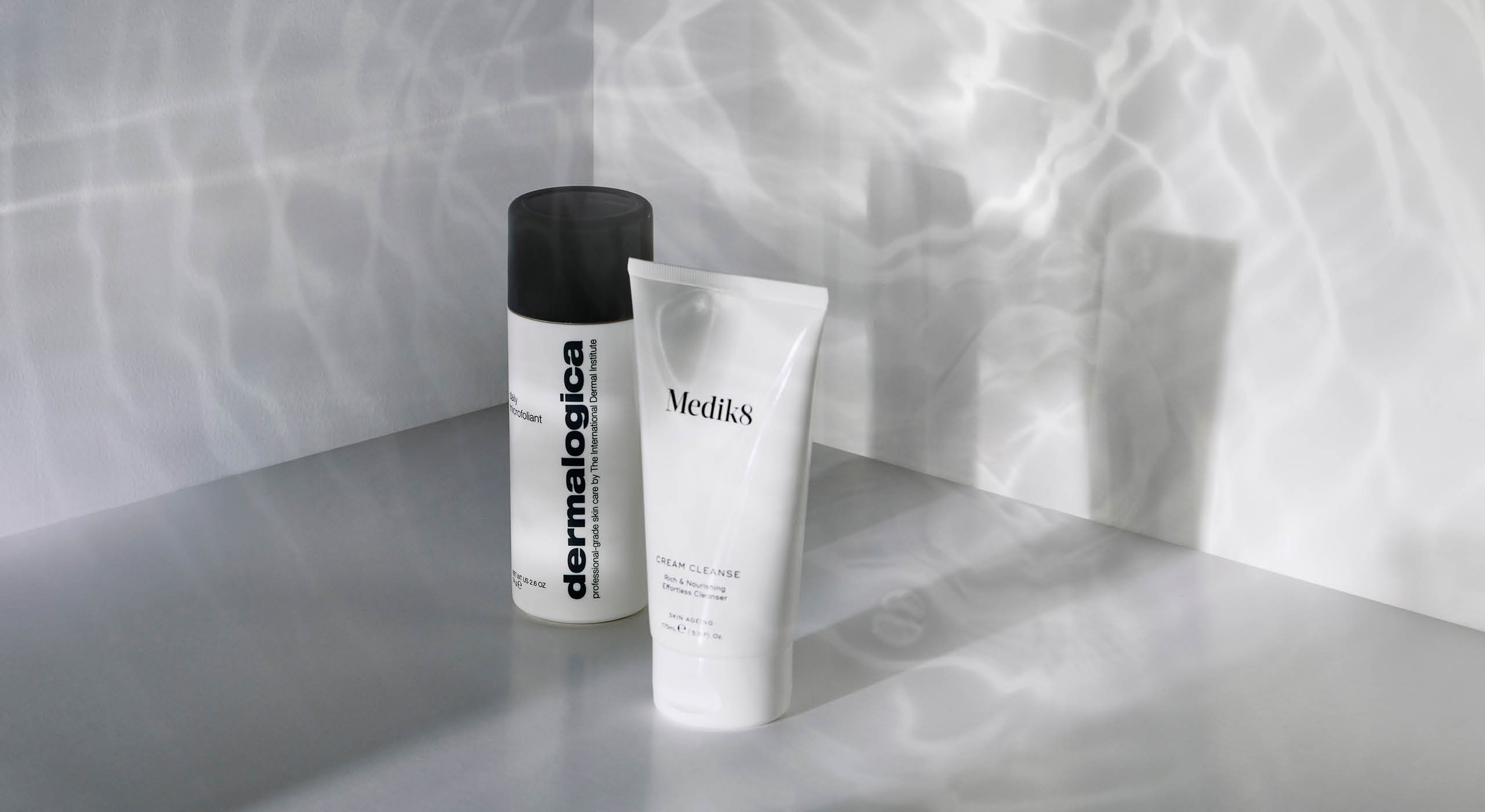


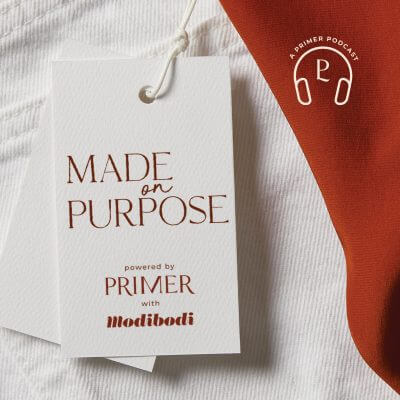

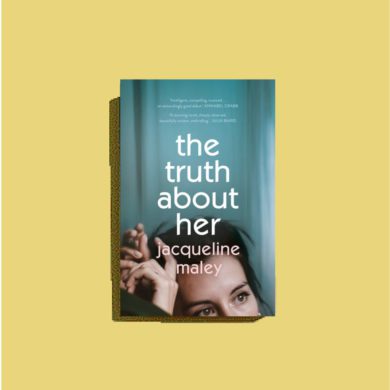
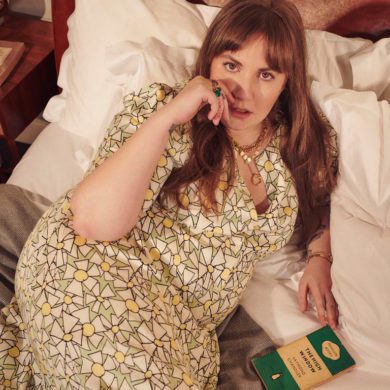



No Comments